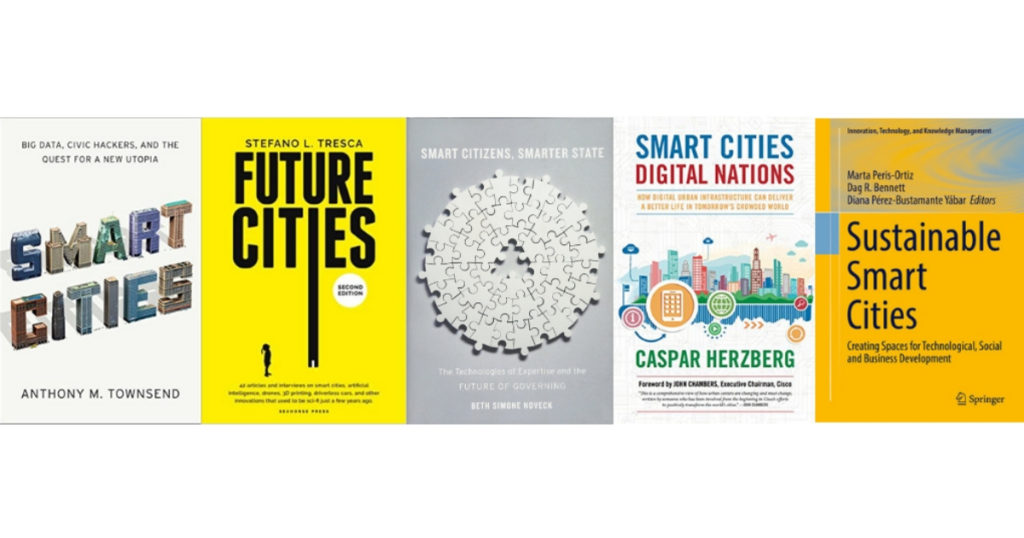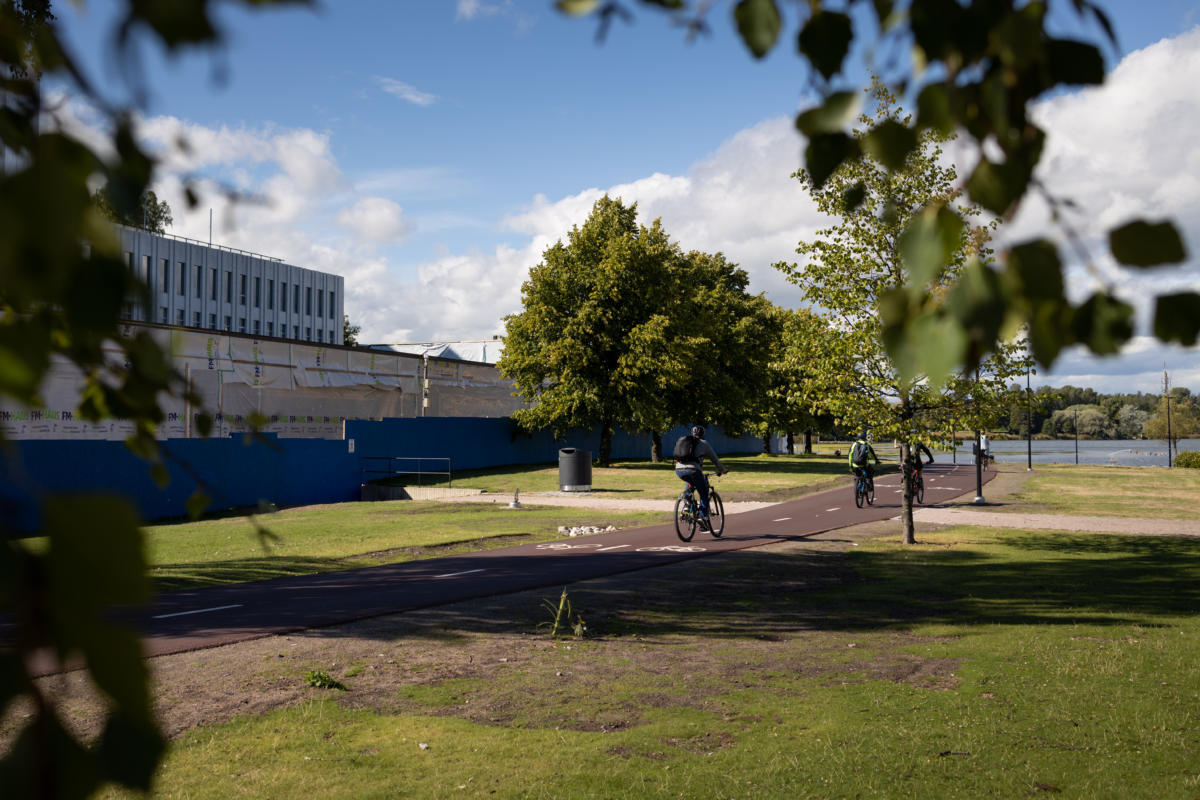
Top 10 Picks: Must-Read Books about Smart Cities and Digitalisation (Part 1)
With the demand for innovation and digitalisation skyrocketing like never before, the looks of our cities have irrevocably changed. Everything is buzzing with apps, sensors,






